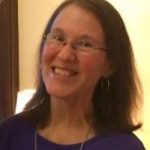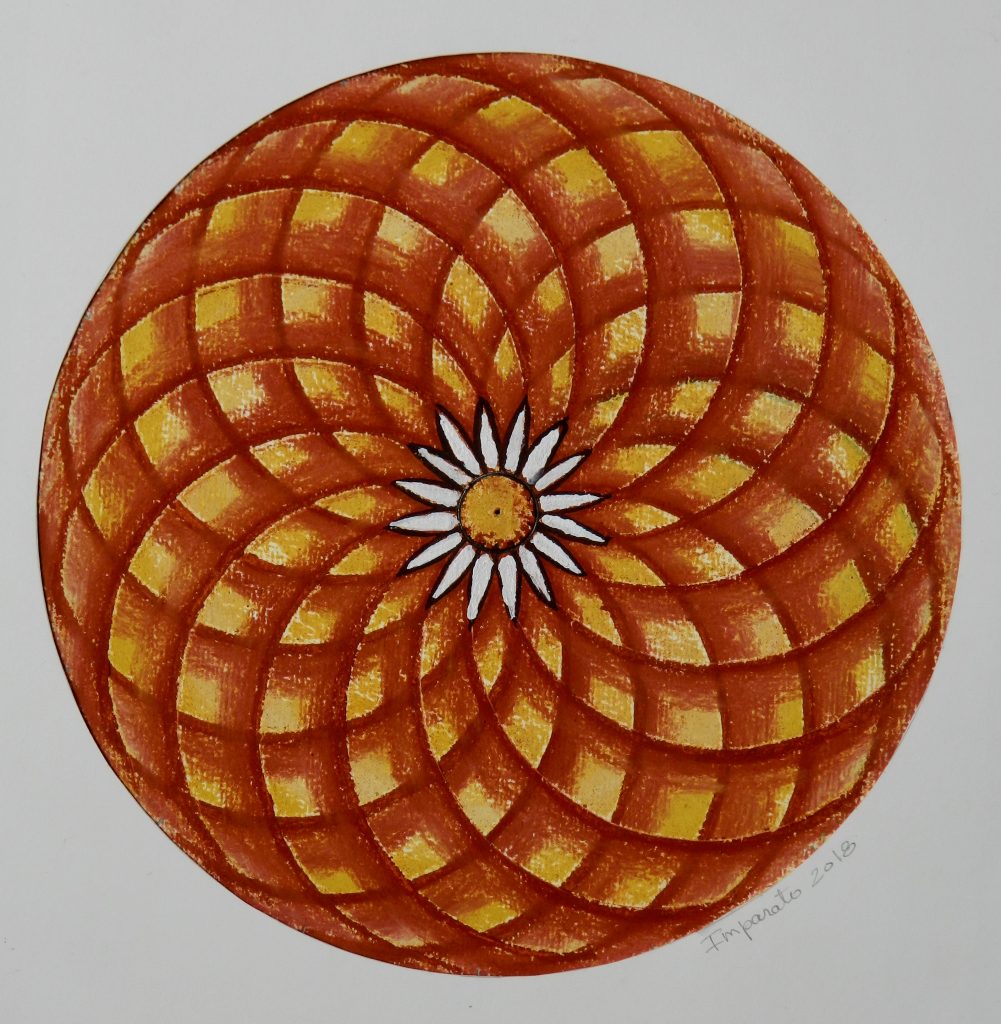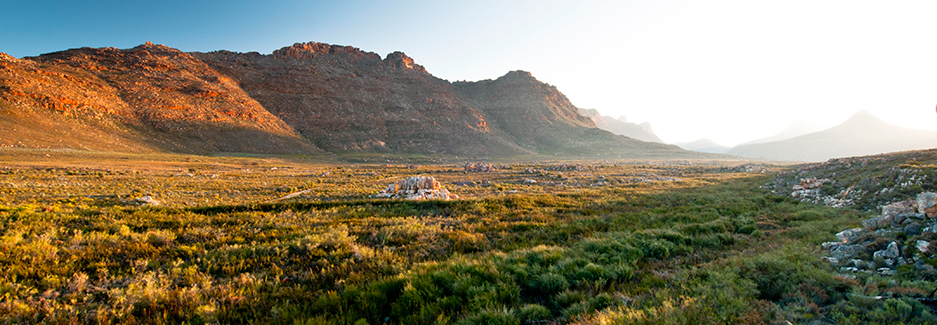All Things Are a Commons
A commons isn’t a shared space for multiple lives but rather the space of their shared lives.
Proceeding from Craig Holdrege’s observation of the American bison in Seeing the Animal Whole, I explain how our functions, conscious ones in particular, establish commons wherein our lives are directly shared with others.
Holdrege portrays the bison as an organic part of the continuous whole life of the prairie which on his visit included him. He writes:
When I perceive a bison’s dark glistening eye, a young bull rolling in the dirt releasing a cloud of dust, or a bison swimming across a river with only its head above water, I am with those bison. I am here and I am there. The bison extend into me and I into them. We intermingle…when we perceive one another and respond to one another we are in those moments not separate. We extend beyond our physical boundaries.1
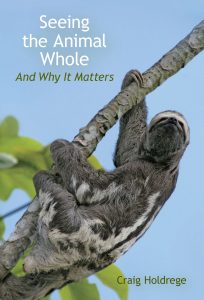 His awareness can be explained by considering organisms as having multiple identities as they share in each other’s lives. A simple illustration is the bee and the flower: the bee is part of the life of the flower, while the flower is part of the life of the bee. The bee’s function of collecting pollen is fulfilled by the flower, while the flower’s function of reproduction is fulfilled by the bee. Their lives physically intersect and are conjoined when a particular bee collects pollen from a particular flower. Otherwise these extensions of their lives exist only potentially.
His awareness can be explained by considering organisms as having multiple identities as they share in each other’s lives. A simple illustration is the bee and the flower: the bee is part of the life of the flower, while the flower is part of the life of the bee. The bee’s function of collecting pollen is fulfilled by the flower, while the flower’s function of reproduction is fulfilled by the bee. Their lives physically intersect and are conjoined when a particular bee collects pollen from a particular flower. Otherwise these extensions of their lives exist only potentially.
Holdrege describes several symbiotic relations between bison and other organisms, for example the grass which they eat and whose growth they promote by cropping and depositing urine and dung onto it. From a distance a bison smells the grass, as the latter disperses volatile substances into the air which are then taken into the animal’s nose. According to establishment science these are neurologically processed to produce an olfactory perception.
Now the bison also sees the grass, and we understand its seeing to be like its smelling. Light is reflected from the surface of the grass, creating an aura, so to speak, of visibility around the grass. When the bison enters this aura the light is received into its eyes and, also through neurological processing, it is then understood to see an image of the grass. This is the establishment explanation of sense perception: stimuli are taken into the sensory organs then pass into the brain where they become conscious scents and visual images.
Holdrege practices Johann Wolfgang von Goethe’s method of science which categorically rejects explaining observed phenomena by reducing it to unobserved entities and processes, and my somewhat different approach does so as well. Obviously we can’t smell with a bison’s nose or see with its eyes, but we can understand our own seeing of the animal and its presentation to our sight by recognizing the immediate self-evident truth about our visual experience.
I open my eyes and see a panorama of images. Contrary to the establishment view, it is three-dimensional. I see images of objects at a distance from the image of my body, revealing that my experience isn’t in my body but that my body is in my experience. My visual perception occupies a space, but this is not the space of “real” solid objects, for it is perspectival and private to me. Instead, it is the space of my visual consciousness.
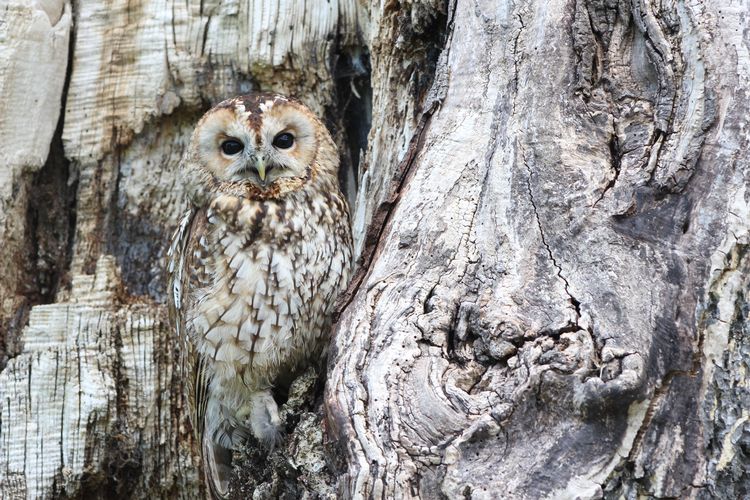 Like other animal functions that relate to objects, that of seeing is fulfilled by the object, specifically its function of visibility. These functions extend beyond the physical boundaries of both the seeing animal and the seen object. They exist in a potential state until the visual extension of an animal intersects with the visible extension of the object, at which point they functionally conjoin, producing the image in the seer’s extended visual consciousness.
Like other animal functions that relate to objects, that of seeing is fulfilled by the object, specifically its function of visibility. These functions extend beyond the physical boundaries of both the seeing animal and the seen object. They exist in a potential state until the visual extension of an animal intersects with the visible extension of the object, at which point they functionally conjoin, producing the image in the seer’s extended visual consciousness.
The lives of the seer and the seen are directly conjoined in the image, the fact of which the seer is conscious through their awareness that the object is present to them. An image immediately appears in consciousness and is not formed by obscure neurological processes in the brain. It is however conditioned by the subject’s full life which includes the body as it incorporates aspects of their past experience, store of information and present intention, all of which give it meaning. The image is further conditioned by innumerable other things presently around the body whose conjunction with the subject’s life appears as its visual context.
An act of seeing is not merely the registration of colors and shapes regarded as the image of some particular object. One is also immediately aware of the thing itself in addition to its visual properties. The object is an indivisible whole continuous with the world around it. Its function of visibility is an indivisible function of the indivisible continuous whole which it is, and the same is true of the subject’s function of vision. One sees the visual properties of the object which itself is simultaneously and immediately present in consciousness as an intuition of its essence that in the case of an organism is its very life.
Intuition is subtle and indistinct, but there is no question that we are immediately aware of what the things are that we perceive with our senses. This awareness is usually lost in the totality of experience which is filled with sensory content and in which our attention rapidly shifts about. But just focus your attention on some object, as Holdrege did with the bison, groove with it, so to speak, and you will become aware of its very life in your intuition of it.
As the modern worldview breaks down people are rapidly discovering and putting forth alternatives. This activity is demonstrating that there are multiple modes of consciousness and forms of understanding. My view adds to the confirmation of William James’ position that we live in a pluralistic universe.
The world is a commons in which the lives of different things are shared as they spatially intersect and functionally conjoin.
This is our culture’s best-kept secret, as we imagine that each thing extends no farther than the limits of its body and that consciousness is a material process confined to the dark interior of our wee skulls. But immediate experience tells us otherwise: we are directly aware of the things around us and that our lives are conjoined in our consciousness. This is particularly apparent insofar as we are related to them in other vital ways exemplified by gardeners’ special awareness of the lives of the flowers, fruits and vegetables that they plant and nurture as well as the corresponding sense that people have who lovingly care for or study animals.
As a growing number of writers assert that the separation of people and things is a false belief many offer unity as merely a replacement belief. I show that unity is a matter of immediate experience which directly reveals that our lives are conjoined with those of the things around us, making us, them and the world all commons.
References
[1] Seeing the Animal Whole, and Why It Matters by Craig Holdrege / Lindisfarne Books / 2021.


